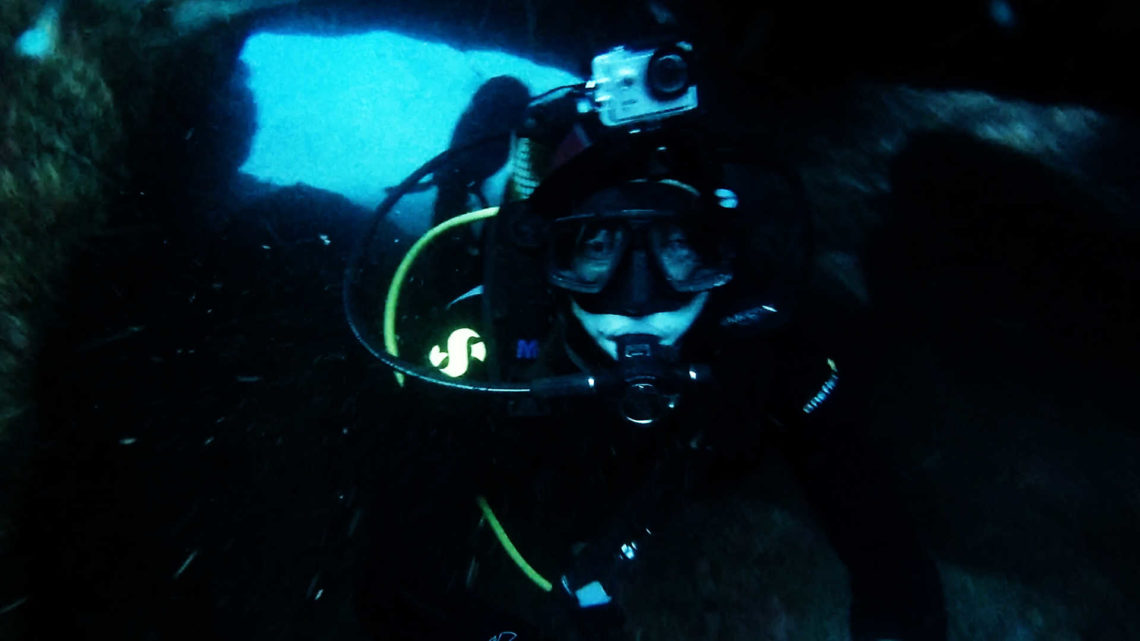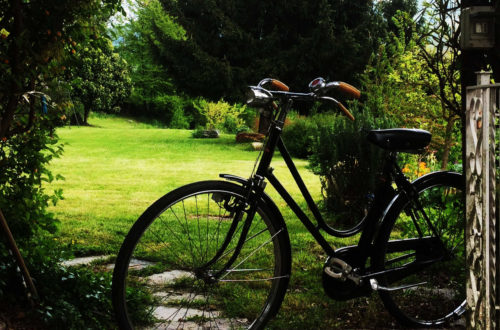
Scuba Diving
And the fear of the water
Scuba Dive experience? I’ve never felt so comfortable in all aquatic environments. After a pool accident, I have always been very cautious when approaching water. I tried many water-sports, from canoeing, sailing, to wake-boarding. Every time I tried one of those sports, I always analyzed carefully all possible risks.
As a consequence of this constant sense of insecurity, I improved my swimming skills. Once I acquired complete mastery of that environment, I realized that the root reasons of all my fears was not related to the water itself. My fears came from the idea of swimming in the blue of seas or into lakes, without knowing what could be hidden in that submerged world.
Recently, talking about my diving experience with a well-known 1960s Olympic swimmer, I discovered that we had the same phobia. In that occasion he told me ironically: “Maybe that was the reason that made me swim faster than everyone!” 😀
So, why I started scuba diving?
View this post on InstagramA post shared by TheodorATW (@theodor_atw) on
Reasons to begin
The first reason that pushed me to explore this new environment was: my fears. My approach to problems made me think that the only way that I had to overcome my fear of the abyss was to explore it. Only after having fathomed the seabed and observed the life forms that inhabit them, could I have made a final decision: inside or outside!
The second reason came from my trip to Rangiroa. Here I swam in the best places I’ve ever swam. I was so amazed by what I could observe with just a mask and snorkel. The limitation that I had because of the lack of a diver license, blew up my desire to overcome my fears, so I promised myself to go back there once I’d got the license.
The first two were more than enough to start but, as they say in these cases: “Appetite comes with eating!”.
On the way came the third reason . I discovered scuba dive in a very stressful period of my life. During first underwater exercises I discovered that scuba diving requires a lot of concentration, you don’t have time to think about anything else, so …
By diving into the water, I discovered that worries stay afloat!!
View this post on InstagramA post shared by TheodorATW (@theodor_atw) on
When we talk about divers, we all have in mind those little men who, with tanks, mask and fins, explore the seabeds.
What are we talking about?
In Italian, we just call it “subacquea”, this term includes all underwater activities. There is a more specific definition to define this type activity: “immersioni con ARA” translated “Dive with Automatic Air Respirator”. Even if the first one is too general, we prefer to use it instead of ARA that sound like some hospitals instrument.
In English language there is another acronym that sound good and much more aggressive than the Italian equivalent: SCUBA. What does it mean? SCUBA has a similar meaning to ARA, it is an acronym that contains those words “Self Contained Underwater Breathing Apparatus”.
Here we are talking about this kind of activity with tanks, mask and fins.
Basic tools needed to practice Scuba diving:
- tanks, the physical storage of the respiratory mixture that allows the diver to survive underwater. Remember to open them before dive!
- breather is a complex system composed of several components. That system allows the diver to breathe the mixture contained in the tanks at the appropriate pressure for the dive.
- pressure gauge, used to check the remaining reserve in the tanks. The pressure gauge indicates the internal pressure of the tanks, this value is directly proportional to the quantity of residual respiratory mixture.
- BCD or BC, that mean Buoyancy Compensator, also worldwide known with the general term jacket. It has the shape of a waistcoat and it is composed of an inflatable bag, hangs, pockets and few tools. It can be inflated due to pressurized gas in the tanks or deflated. Through these operations the diver can regulate the descent in depth or the ascent to the surface. The Italian name is GAV, “Giubbotto ad Assetto Variabile”.
In addition to these basic components, there are endless possibilities for your own equipment: wet suits, semi-dry suits, dry suits, technical jackets, twin-tanks, various lights, cameras, knives, pegs, signaling buoys, etc.
If you want to learn more, you will be taught this and more in any diver course. Here you find the list of the major didactic known to me: schools.
Didactics
To be able to dive in alignment with worldwide regulamentation, you need to get a diver license. To get this license you have to pass a theoretical and a practical exam.
Some didactic also include a period of physical preparation. I made that type of didactic, sometimes I found it boring and it took longer time to get the license, but I found it very useful to be prepared to the unexpected and acquire a good confidence with the new environment.
Once you pass the final exam you are enabled to the first level of diving with some safety limitations about dept and partners. Starting from here, there will be a multitude of paths that a diver can follow to became more advanced.
If you are on holiday and you cannot resist the temptation of the scuba experience, there is a shortcut, the introductory dive. Many diving centers allow you to dive, up to 5 meters deep, accompanied by an instructor who will always remain by your side.
Coming back to didactic, the most well-known schools enabled to release diver licenses are:
Regarding schools, a marketing war is going on since many years. The truth is that all licenses must follow the ISO standard and all courses are aligned to that. The final choose it’s just a matter of your personal tastes and appeal with instructors. So I won’t tell you which one I chose to get my license, I don’t want to influence your choice.
Forgetting about all marketing stuff, the main reason that led me to choose a school was the position. This allowed me to dive three or four times a week for about two years, until I obtained my 4th level diver license according to the ISO standard or also called Advanced Open Water, Second Star, etc… the name depends on the didactic you have in mind.
To learn more about the different types of licenses, you will find all of them specified in the ISO 24801 standard.
Costs
The first requirement is the diver license. Prices that are applied by the various schools should be more or less aligned worldwide. A first level license will cost you around €350,00.
The basic equipment are generally provided by the schools during the course period. For a first approach, I suggest to check out the various second-hand markets online. When I started the second license course, I decided to by my own stuffs and I managed to buy everything spending around €500,00: breather, jackets, fins, boots, computers, masks and a very important bag. The bag will always be a required travel companion.
Dive costs obviously can have different prices based on the type of approach to the place of dive (swimming from the shore or by boat), on the country and the season. Most diving apply discounted rates for consecutive dives, weekends or whole vacations. Single dives for first and second level divers generally range between €20,00 and €100,00 including refilled tanks.
View this post on InstagramA post shared by TheodorATW (@theodor_atw) on
Immersioni
Since I got licensed, I have performed around 200 dives, most of them in lakes. Lakes is a disliked diving spot for many divers, I could agree if you have the opportunity to go to Red Sea every weekends. In my opinion if you live close to a lake you can consider it as a gym: it is very educational, economic and it is a good training for our bodies.
These are some diving that I can recommend:
Cuba:
Italy:
Madeira:
View this post on InstagramA post shared by TheodorATW (@theodor_atw) on
View this post on InstagramDay 2: #diving in the #Carribean #Ocean . . . #scubadiving #cubadiving #underwater
A post shared by TheodorATW (@theodor_atw) on

You May Also Like

The Bicycle
September 7, 2019
